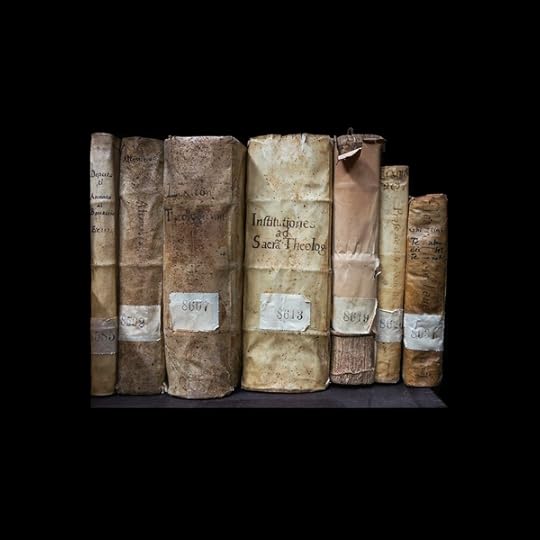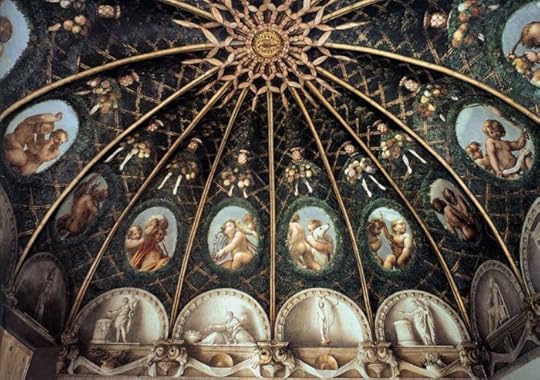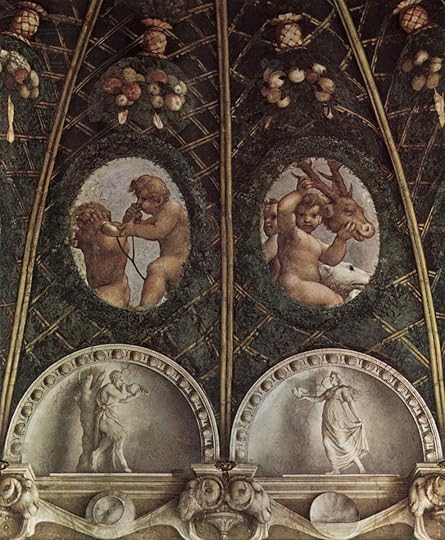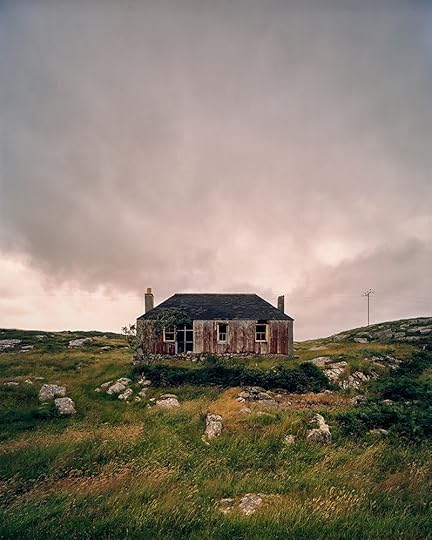Alan Jacobs's Blog, page 263
March 1, 2018
The Year of Our Lord 1943
Photostat
February 28, 2018
this one’s for Austin Kleon
It will be asked, How is imitation to be rendered healthy and vital? Unhappily, while it is easy to enumerate the signs of life, it is impossible to define or to communicate life; and while every intelligent writer on Art has insisted on the difference between the copying found in an advancing or recedent period, none have been able to communicate, in the slightest degree, the force of vitality to the copyist over whom they might have influence. Yet it is at least interesting, if not profitable, to note that two very distinguishing characters of vital imitation are, its Frankness and its Audacity; its Frankness is especially singular; there is never any effort to conceal the degree of the sources of its borrowing. Raffaelle carries off a whole figure from Masaccio, or borrows an entire composition from Perugino, with as much tranquillity and simplicity of innocence as a young Spartan pickpocket; and the architect of a Romanesque basilica gathered his columns and capitals where he could find them, as an ant picks up sticks. There is at least a presumption, when we find this frank acceptance, that there is a sense within the mind of power capable of transforming and renewing whatever it adopts; and too conscious, too exalted, to fear the accusation of plagiarism,—too certain that it can prove, and has proved, its independence, to be afraid of expressing its homage to what it admires in the most open and indubitable way; and the necessary consequence of this sense of power is the other sign I have named—the Audacity of treatment when it finds treatment necessary, the unhesitating and sweeping sacrifice of precedent where precedent becomes inconvenient.
— John Ruskin, The Seven Lamps of Architecture
biblioteca
well, back to work
February 24, 2018
Correggio’s deception
It being lawful to paint then, is it lawful to paint everything? So long as the painting is confessed—yes; but if, even in the slightest degree, the sense of it be lost, and the thing painted be supposed real—no…. In the Camera di Correggio of San Lodovico at Parma, the trellises of vine shadow the walls, as if with an actual arbor; and the troops of children, peeping through the oval openings, luscious in color and faint in light, may well be expected every instant to break through, or hide behind the covert. The grace of their attitudes, and the evident greatness of the whole work, mark that it is painting, and barely redeem it from the charge of falsehood; but even so saved, it is utterly unworthy to take a place among noble or legitimate architectural decoration.
— Ruskin, The Seven Lamps of Architecture. Unique to Ruskin is the combination of an exceptionally acute aesthetic sense with an exceptionally acute moral sense, and this is one of the many moments when they struggle mightily against each other. Ruskin cannot help admiring the beauty of Correggio’s work here, but he is so deeply opposed to deception in art that he wishes he could reject it altogether.
house
February 23, 2018
some clarifications
Over at Mere Orthodoxy, Jake Meador responds to this post of mine — but I believe Jake misunderstands what my post is about. He reflects at some length on “mere Christianity” idea and whether it is tenable, or whether by contrast it can compromise the strength of particular traditions — but I don’t say anything about that in my post. Jake goes on to say that “Dr. Jacobs seems to suggest that there is an old First Things that essentially lived exclusively in the living room of the Mere Christianity house” — but I didn’t suggest that and I don’t think it. FT was at its best a place where people from different traditions in Christianity and Judaism (and even, very occasionally, Islam) could engage in serious conversation with one another, and what made the conversation serious was the fact that the participants held firm to the convictions arising from their traditions, even when those convictions separated them in some ways from other participants.
The point of my post is much simpler: if a magazine claims to be “interreligious” and yet (a) is run completely by people in one wing of one religion and (b) publishes essays that defend the claims of that tradition over against all the other traditions supposedly represented in the magazine, but never publishes essays that call that preferred tradition into equally serious question, then there is a dissonance between what the magazine says it is and what it actually is. That’s all I am saying.
One more point: Jake says that Comment is Reformed and has a Reformed “spin” on things, but I am not Reformed, and I believe that there are other members of the editorial board who would not describe themselves as Reformed either. So I think Comment at least has the possibility of becoming more genuinely ecumenical than the “Reformed” moniker would suggest.
text three ways
When my buddy Austin Kleon posted his notebook turducken I realized that I have a three-part system too, though a somewhat different one:

I use a small Moleskine planner for my calendar and tasks, a Leuchtturm notebook for ideas and drafts, and index cards for reading notes (including notes I make for the books I teach). It would of course be possible to put all of this in one notebook, but such simplification would come at too high a price. For instance, with my current system I have a place where I keep track of my events and tasks for an entire year, but if I did that in the notebook where I also write drafts, then when that notebook was full I’d have to make a new calendar no matter what point in the year I’m at — and then lose ready access to the old calendar. Similarly, when I have reading notes on index cards, I can spread them out and look at them as I’m writing drafts, which is much better than having to turn back and forth to multiple pages in multiple notebooks.
Alan Jacobs's Blog
- Alan Jacobs's profile
- 533 followers











